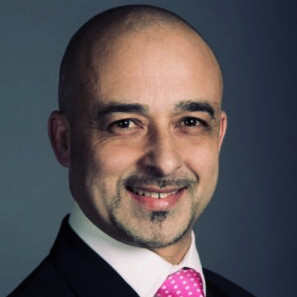- Video Library
- Mike Karim, Oxford Endovascular - Flow-Diverter Using Origami Engineering | LSI USA '24
Mike Karim, Oxford Endovascular - Flow-Diverter Using Origami Engineering | LSI USA '24

Mike Karim
A proven business leader in the med tech field with a successful track record of developing & strongly growing international businesses in large corporations, start-ups & SMEs.
Experienced in strategic planning, sales execution, team building, change management, high impact marketing programs, gaining regulatory approvals, spin-outs & fund raising having secured over $20m in investment.
Mike Karim
A proven business leader in the med tech field with a successful track record of developing & strongly growing international businesses in large corporations, start-ups & SMEs.
Experienced in strategic planning, sales execution, team building, change management, high impact marketing programs, gaining regulatory approvals, spin-outs & fund raising having secured over $20m in investment.

17011 Beach Blvd, Suite 500 Huntington Beach, CA 92647
714-847-3540© 2025 Life Science Intelligence, Inc., All Rights Reserved. | Privacy Policy







